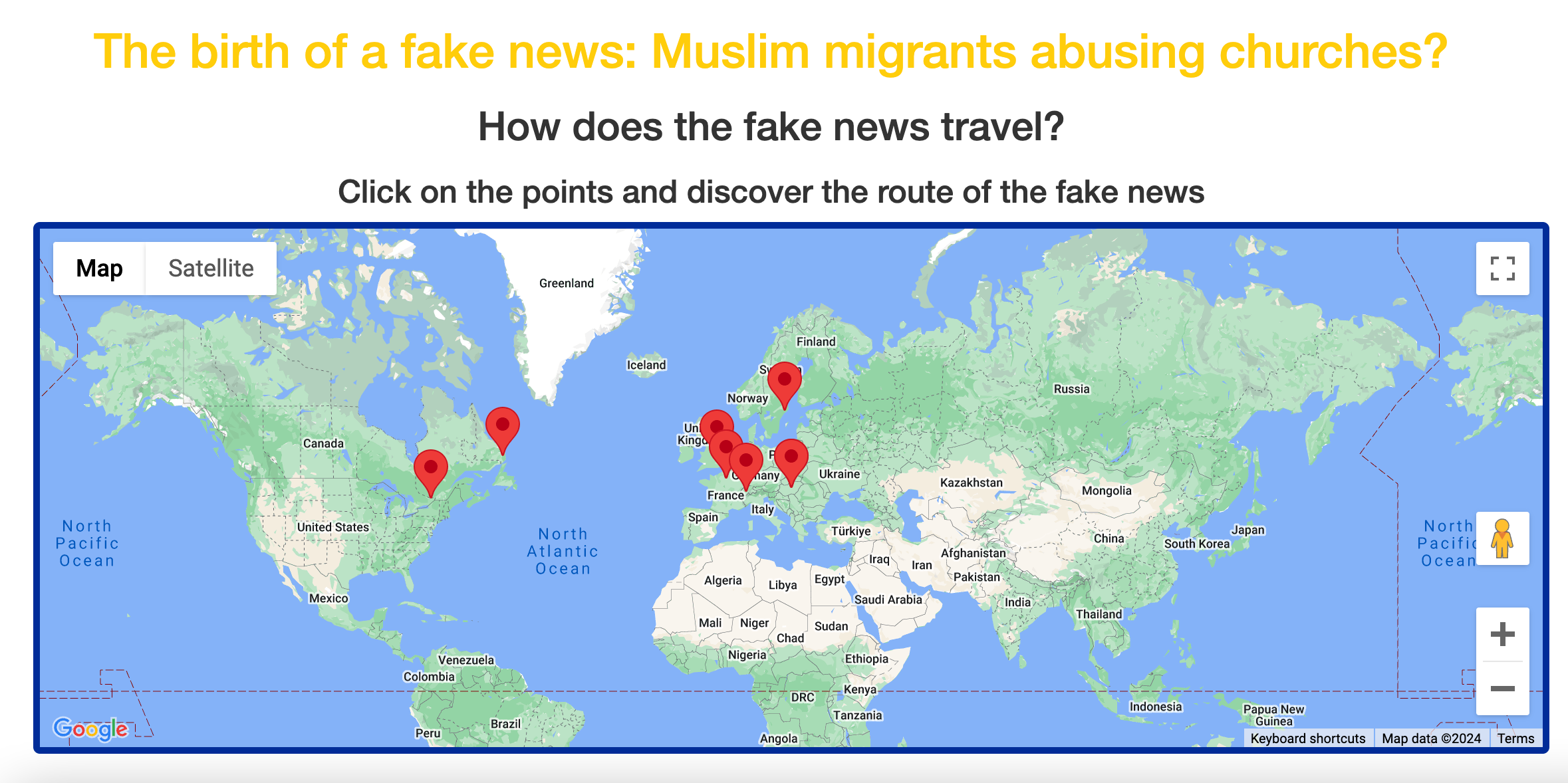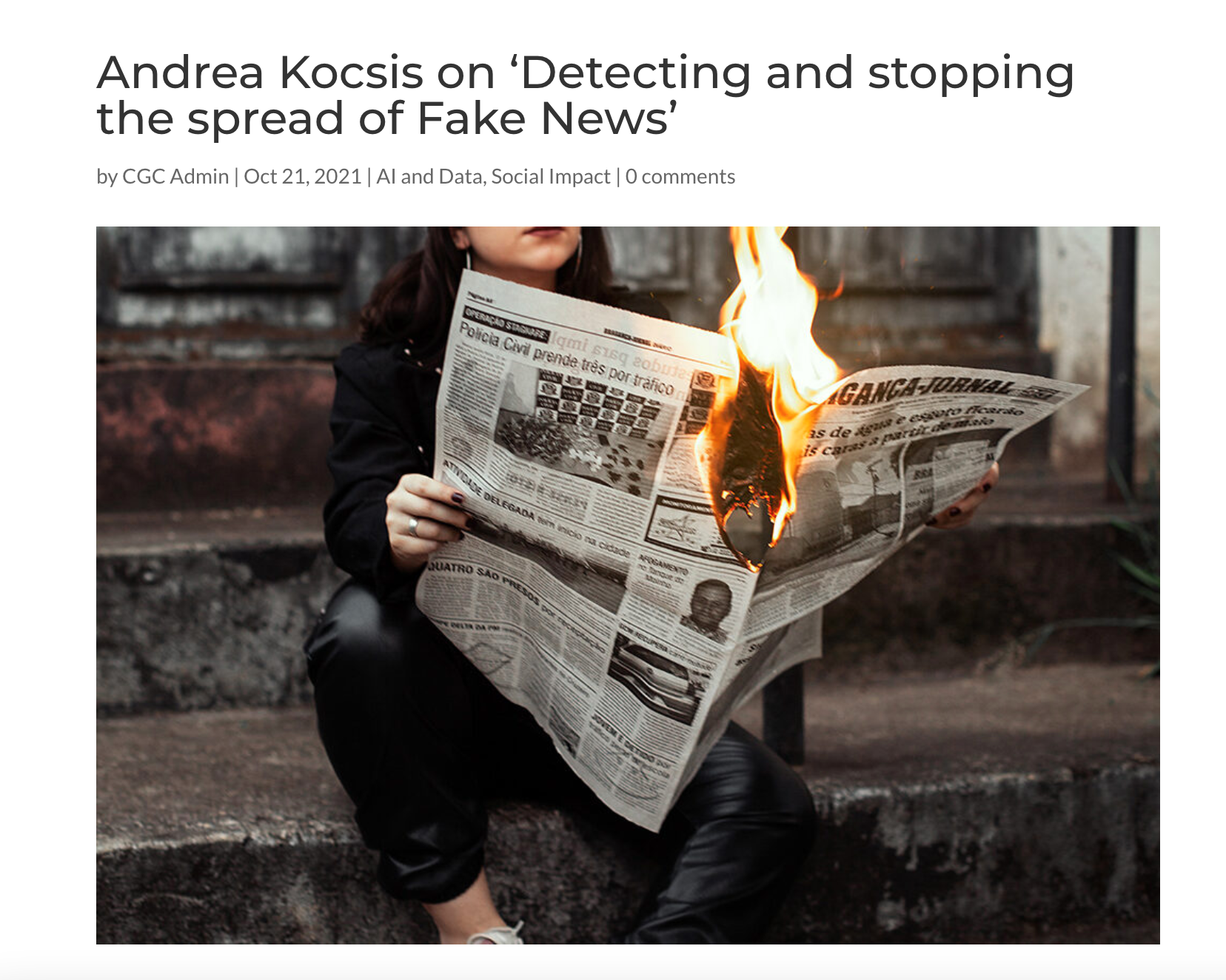
Hi! It's me.
I have a strong grasp of digital scholarship, particularly concerning digital archives and misinformation. Currently, I'm a Chancellor's Fellow in Humanities Informatics at the University of Edinburgh. Previously, I was a Lecturer in History and Data Science at Northeastern University London. Here is a selection of some previous experience of mine which the project can build on.



